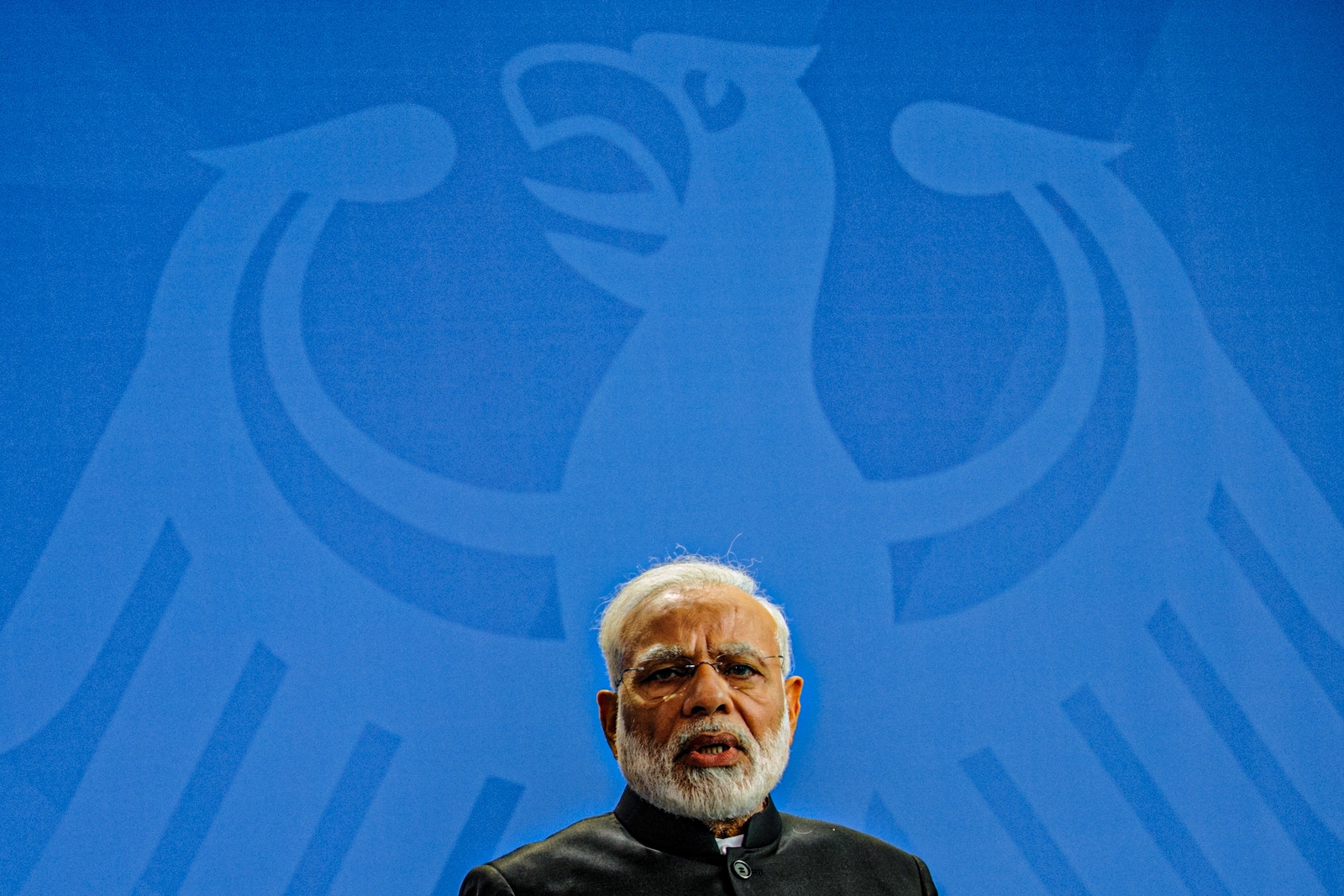
Can India Play Both Sides of the Fence?
From the early beginnings of the 1800s, shortly after the Napoleonic Wars, the struggle between Great Britain and Czarist Russia for economic and political dominance in Central Asia began. This struggle would come to be known as the “Great Game.”
The phrase, “Great Game,” was first coined by the British diplomat Arthur Conolly in 1840.
The Great Game referred to the political maneuvering between the British Empire and the Russian Empire. Originally centered on Afghanistan, the Great Game has moved to India, where the United States and Russia jockey for influence with the world’s largest democracy.
The Great Game in the 1800s
The political objective of Great Britain in the 1800s was to prevent Russia from gaining political and military control of Afghanistan, which would provide Russia with an invasion route into its Indian possessions.
Great Britain wanted to make Afghanistan a protectorate, and then use the Ottoman Empire and other nations to shield India from Russia.
Russia feared Great Britain would interfere with its expansion into Central Asia, which it was busy conquering. Russia had begun expanding into Central Asia around 1718 when Abu’l-Khair Muhammed Khan asked Russia to provide military protection, however his son, Nur Ali Khan, tried to force Russia to leave, but was unable to force them out.
By 1781, Russia controlled what is now known as Kazakhstan. By 1885, Russia had advanced up to the Persian Empire. Great Britain threatened war if Russia advanced any further south, and a treaty was signed to divide Persia in 1907, with Russia controlling the northern part of Persia (Iran) and Great Britain controlling the southern part.
With political boundaries fully established, and with both nations concerned over the expansionist policy of the Prussian Empire, the Great Game between Great Britain and Russia ended.
The Great Game revived
An updated version of the Great Game appears to be developing now, with the United States and Russia vying for influence with India. With the Russian invasion of Ukraine and Russia seeking to upend the current world order, both the United States and Russia are vying for an alliance with India.
Diplomatic relations between the United States and India, beginning with Indian independence, were at once caught up in the struggle between the United States, and the then-Soviet Union. The political elite of the United States were convinced that they were engaged in a life and death struggle with communism, and this elite felt that closer relations with the visceral anti-communism of Pakistan fit their worldview best than the non-alignment policies of India.
With the end of the Cold War and the rise of China and its “Wolf Warrior” diplomacy, the United States has been seeking a coalition to face China and prevent the outbreak of war in the Indo-Pacific region. One of the main pillars of this policy is allying with India. India is a member of a loose and informal alliance of the United States, Australia, and Japan, known as the Quad.
Complicating this policy is India’s enduring relationship with Russia. India has a long diplomatic history with Russia. When India proclaimed a non-alignment movement, Russia supported India in its quest for being neutral in its early years. When there was tension between Pakistan and India, Russia supported India with loans and military equipment. Right now, Russia is supplying India with oil at a steep discount, and India is considering paying Russia in rupees under a system called SPFS.
With Russia invading Ukraine, the United States is torn between punishing India with sanctions and trying to make the best of a tough situation. On the one hand, is the need by the United States to put pressure on China’s western borders, and the need to starve Russia financially to weaken its war machine.
The United States is also aware that under the current Indian government, there is a perceived shift to what is called a democratic authoritarian government, or an electoral autocracy.
The most primal reason for the United States reaching out to India was its tentative embrace of democracy. While the slide to an authoritarian government in India has not surfaced in official U.S. diplomatic language, it has been noticed. For now, the United States appears to be choosing a Machiavellian strategy.
India on the other hand must be cognizant that to fend off China, and Pakistan, it needs the assistance of the United States.
How the United States can win the Great Game
If the United States is willing to look the other way at Prime Minister Narendra Modi’s increasing shift to authoritarianism, then the United States must take concrete steps to convince India that its best path lies in an economic, political, and military alliance with the United States.
To do this, the United States must be willing to provide India with the military hardware that India needs. The United States has already committed to assisting in the construction of six nuclear power plants in India. It makes sense then to provide India with nuclear-powered propulsion systems for its submarines. The United States should also be prepared to provide India with other weapons systems as well.
Politically, the United States can woo India by aggressively promoting and sponsoring India to have a permanent seat at the UN Security Council and providing it with veto power.
It will be interesting to see how the Biden administration meets this challenge.

